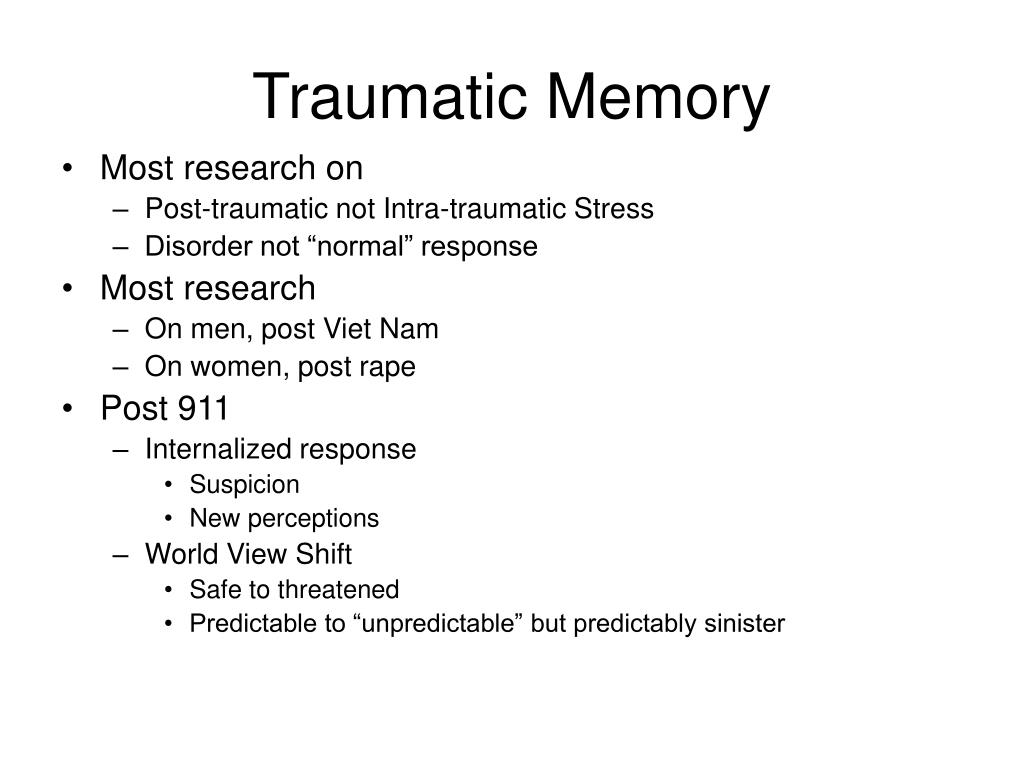

How do you feel about your skill with speed reading? Do you feel that you have missed a lot? Even if the document now only takes you one or two hours instead of 10 hours, do you feel your accuracy of information is there? Are you confident in presenting your findings after just speed reading? Probably not. It is no secret that when you speed read, you are neither reading everything, nor are you taking it all in for accuracy. What if you were to speed read instead? Reading Doesn’t Work! Speed Reading Now, imagine what your employer would say if you told him you would be happy to peruse a 400 page report over the next 10 days and get back to him then. That’s fine, if you have plenty of time to burn. If you do the same thing every night for 10 days, you finally be at the end of your 400 page novel. You find that even though you have been reading for over an hour, you have only gone through about 40 pages. Taking your time to absorb yourself in the plot as it thickens, the evening wears on. Imagine pulling open a good long novel while sitting in your favorite chair in front of an open fireplace for a good long read. Reading teachers around the world say the same thing, “If you do not read every word verbatim, then you are not getting the information”.
Photographic vs eidetic memory how to#
How to gain the most from the written page is not found in the technique you learned to use to gather information. Alan Searleman, a professor of psychology at St.A short synopsis of some basic differences and misconceptions Lawrence University and co-author of the college textbook Memory from a Broader Perspective, explains. In the scientific literature, the term eidetic imagery comes closest to what is popularly called photographic memory. The most common way to identify eidetikers (as people with eidetic imagery are often called) is by the Picture Elicitation Method. In it, an unfamiliar picture is placed on an easel and a person carefully scans the entire scene. After 30 seconds have elapsed, the picture is removed from view, and the person is asked to continue to look at the easel and to report anything that they can observe. People possessing eidetic imagery will confidently claim to still "see" the picture. In addition, they can scan it and examine different parts of it just as if the picture were still physically present. Consequently, one of the hallmarks of eidetic imagery is that eidetikers use the present tense when answering questions about the missing picture, and they can report in extraordinary detail what it contained.Įidetic images differ from other forms of visual imagery in several important ways. First, an eidetic image is not simply a long afterimage, since afterimages move around when you move your eyes and are usually a different color than the original image. (For example, a flash camera can produce afterimages: the flash is bright white, but the afterimage is a black dot, and the dot moves around every time you move your eyes.) In contrast, a true eidetic image doesnt move as you move your eyes, and it is in the same color as the original picture. Second, a common visual image that we can all create from memory (such as an image of a bedroom) does not have the characteristics of most eidetic images, which almost always fade away involuntarily and part by part. Also, it is not possible to control which parts of an eidetic image fade and which remain visible. Unlike common visual images created from memory, most eidetic images last between about half a minute to several minutes only, and it is possible to voluntarily destroy an eidetic image forever by the simple act of blinking intentionally. Furthermore, once gone from view, rarely can an eidetic image ever be retrieved. You might expect that an individual who claims to still see a picture after it has been removed would be able to have a perfect memory of the original picture. After all, a perfect memory is what is usually implied by the commonly used phrase "photographic memory." As it turns out, however, the accuracy of many eidetic images is far from perfect. In fact, besides often being sketchy on some details, it is not unusual for eidetikers to alter visual details and even to invent some that were never in the original.


 0 kommentar(er)
0 kommentar(er)
